If you've read about me on this website, you may already know I am a culinary school graduate. I spent two years studying classic French cooking techniques, which taught me how to work with various kitchen equipment - from handheld paring knives to 20-gallon steam jacket kettles. During my education, I also learned everything from butchering cows to making creamy pan sauces and deep-frying. However, my culinary journey began with the concept of mise en place.
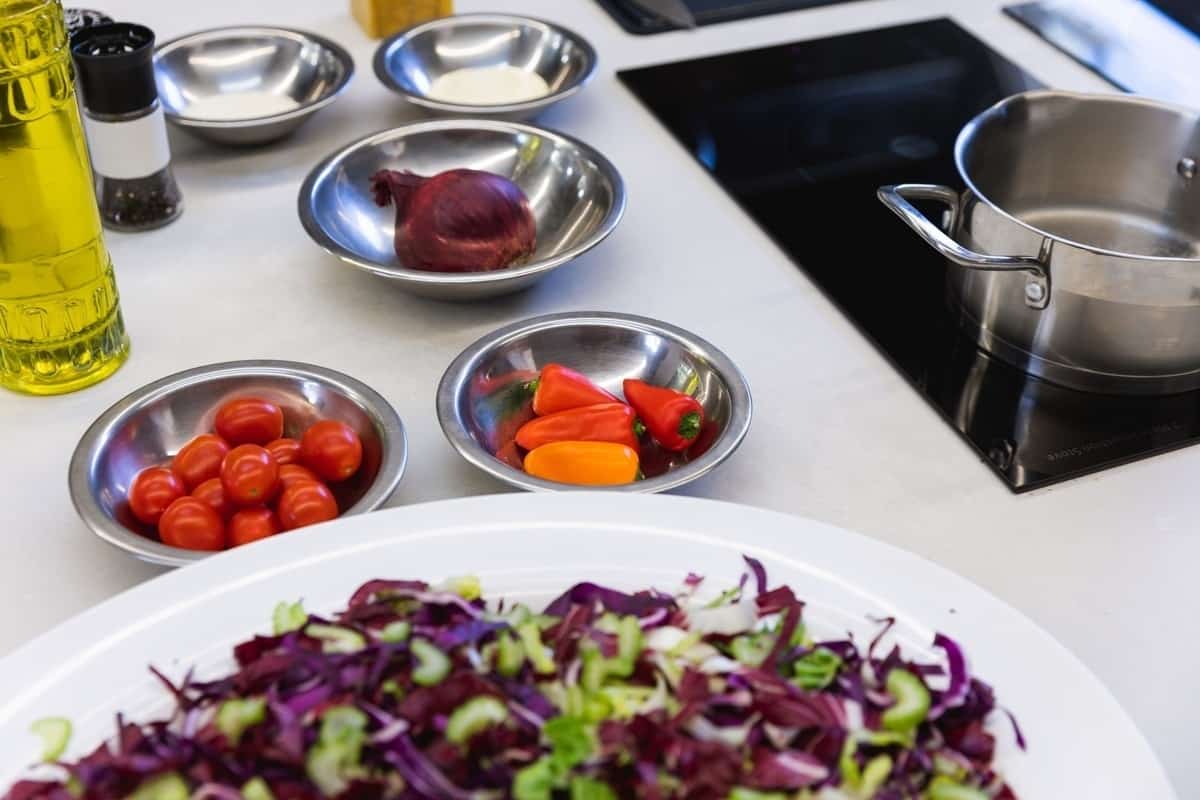
Mise en place is a French term meaning "set up" or "put in its place." Professionals have long used this technique to stay organized while cooking. It also speeds up the process and minimizes mistakes and cleanup.
I can tell you from experience that it takes longer when I don't do my "mise," and mistakes happen more often. How can we apply this to the home kitchen? I'll show you!
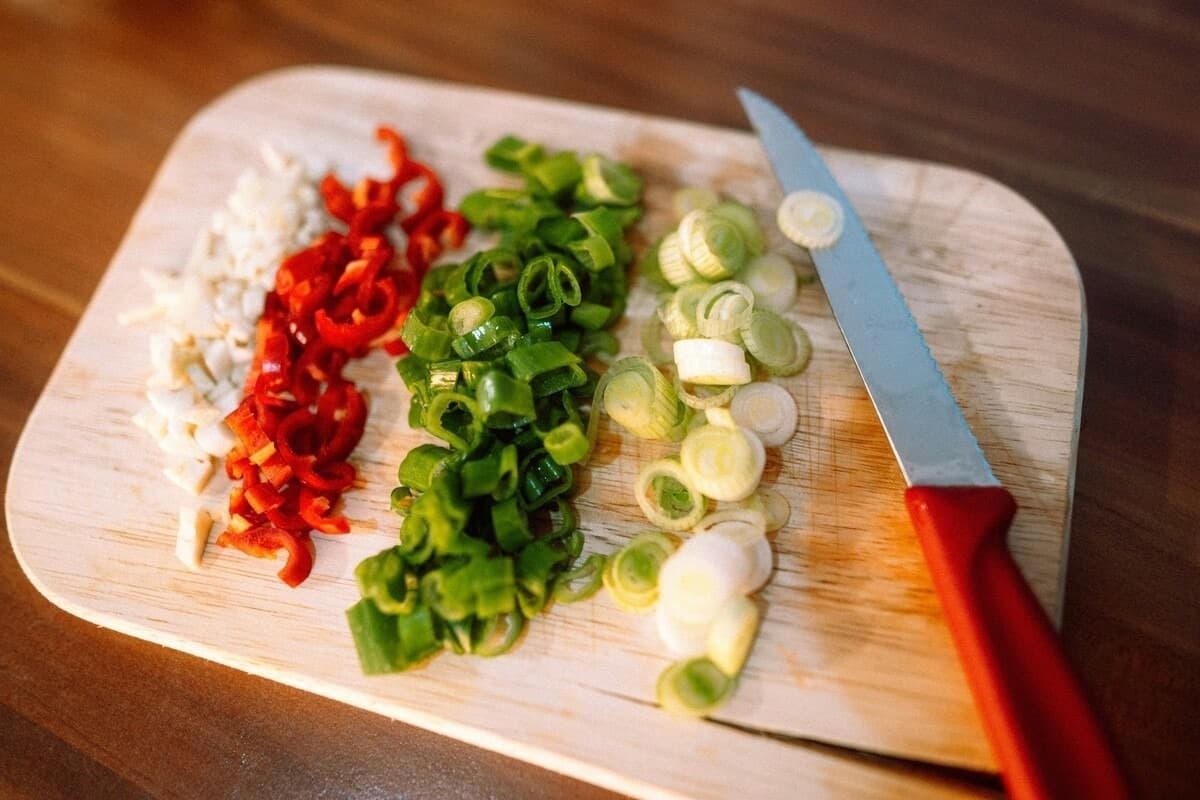
To employ mise en place in your home meals, follow three simple steps: read the recipe, gather the right equipment, and clean as you go.
Jump to:
Reading the recipe
This is your map! It will tell you about the food you're using, what equipment you'll use, and how long it will take. Read that thing from top to bottom at least once before you start cooking to avoid missing anything important.
The recipe will also tell you how to prepare your ingredients, like how many cups of broth you'll need, or it'll direct you to thinly slice the onion rather than dice it.
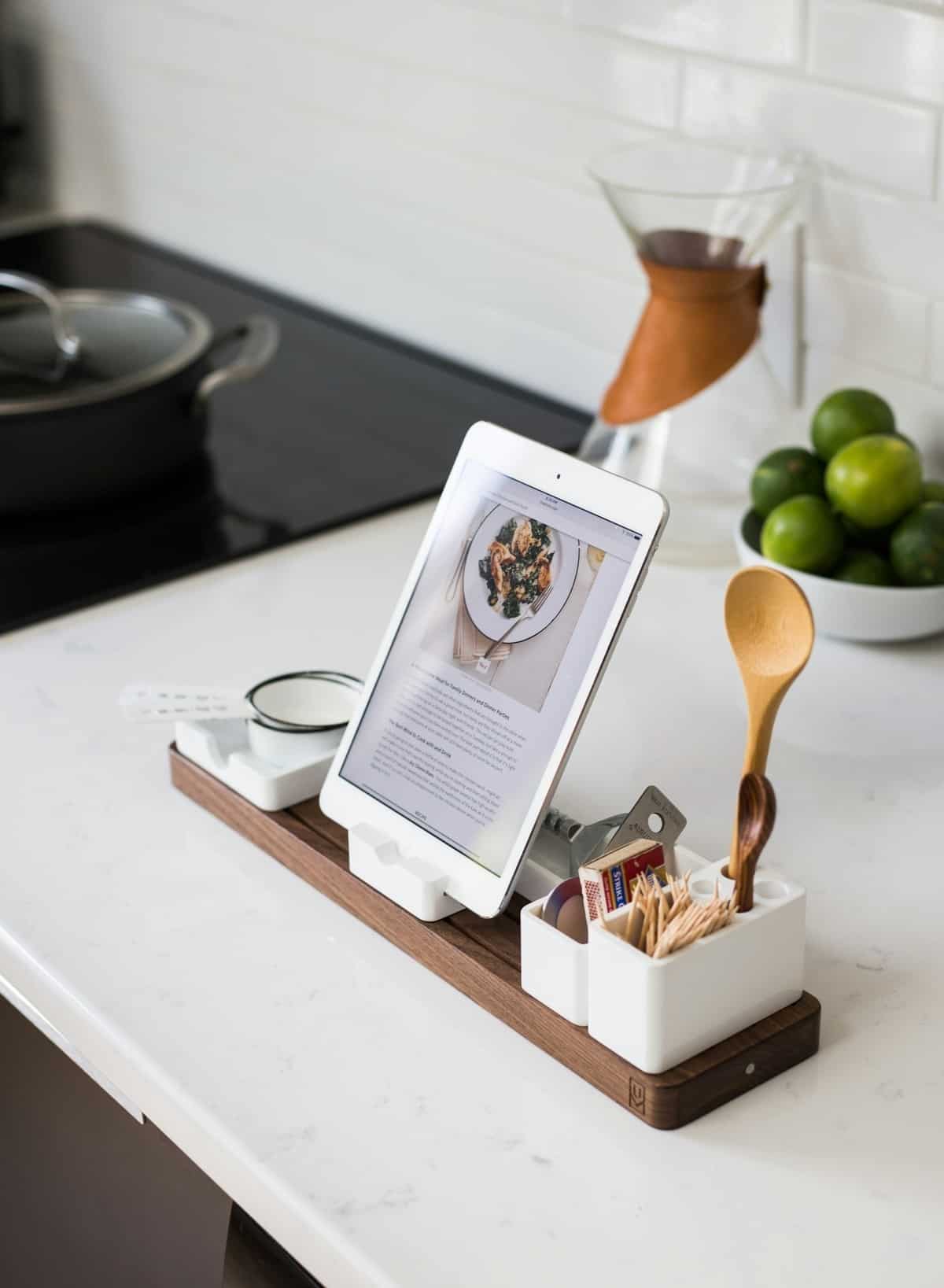
The first step in mise en place is to prepare and measure your ingredients according to the recipe's specifications. You can take this further and gather those ingredients into small bowls of items being cooked simultaneously.
For instance, when making a dish that requires three vegetables to be sauteed together, once prepped, put them all into one bowl. I like to line the bowls up on the counter in the order they go into the dish, so I REALLY don't have to think about it!
Sometimes, you'll make a meal where every ingredient is added separately. Other times, you can skip the bowls and work from several small piles on a cutting board.
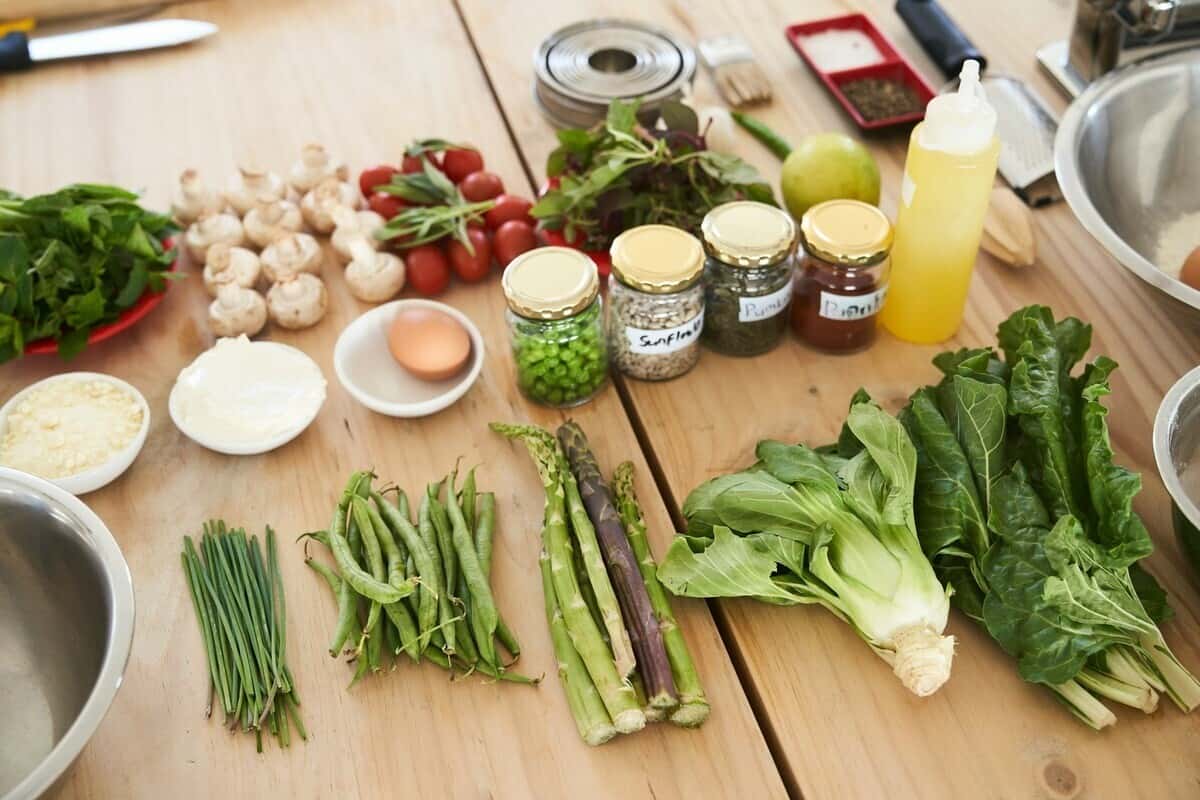
The recipe also explains what equipment and tools you'll need to make the dish, which brings us to the next section!
Gathering the right equipment
When you choose a recipe, it's fairly obvious if you need to cook the food on the stove or in the oven or whether it's for an Instantpot or an air fryer. But you need to know what tools to use while doing this.
Some recipes list the main tools needed at the top of the recipe. You can also find this information in the recipe directions. (Another great reason to read it through before starting.) If you're getting your recipe from a blog, the writer will often list the equipment in the post sometimes with valuable usage information.
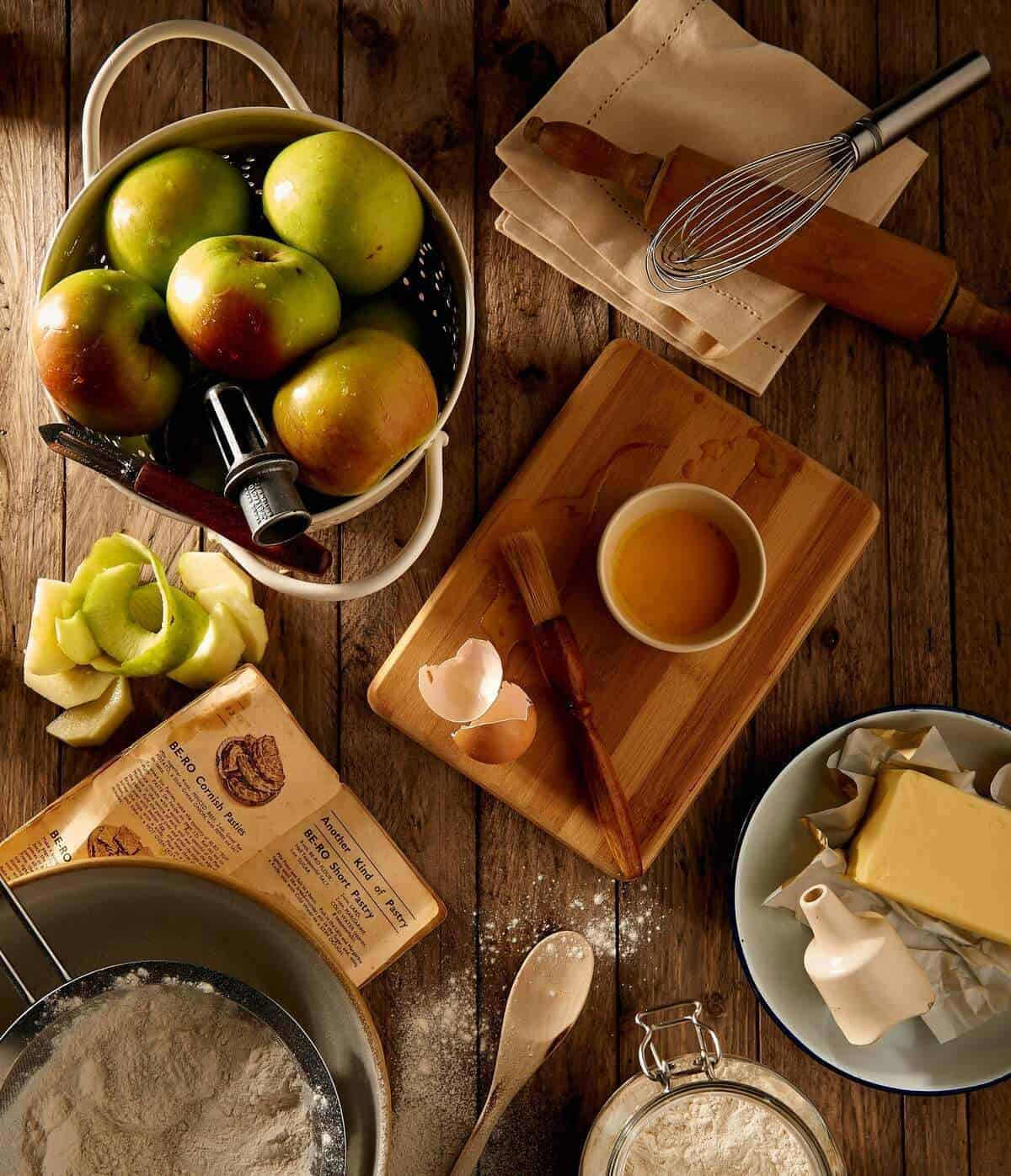
Having your utensils and equipment ready will help you move things along faster! The recipe directions will tell you if you need a non-stick skillet, a sauce pot, or a Dutch oven. They will also include terms like whisk, spoon over, slice, and peel. You'll then know you'll need a whisk, spoon, sharp knife, or vegetable peeler.
Also, consider what you're using to cook with. If you're using a non-stick pan, use wooden or silicone utensils. If the dish goes in the oven, have hot pads nearby. When measuring liquid or dry ingredients, use the appropriate measuring spoons, cups, or pitchers for the food.
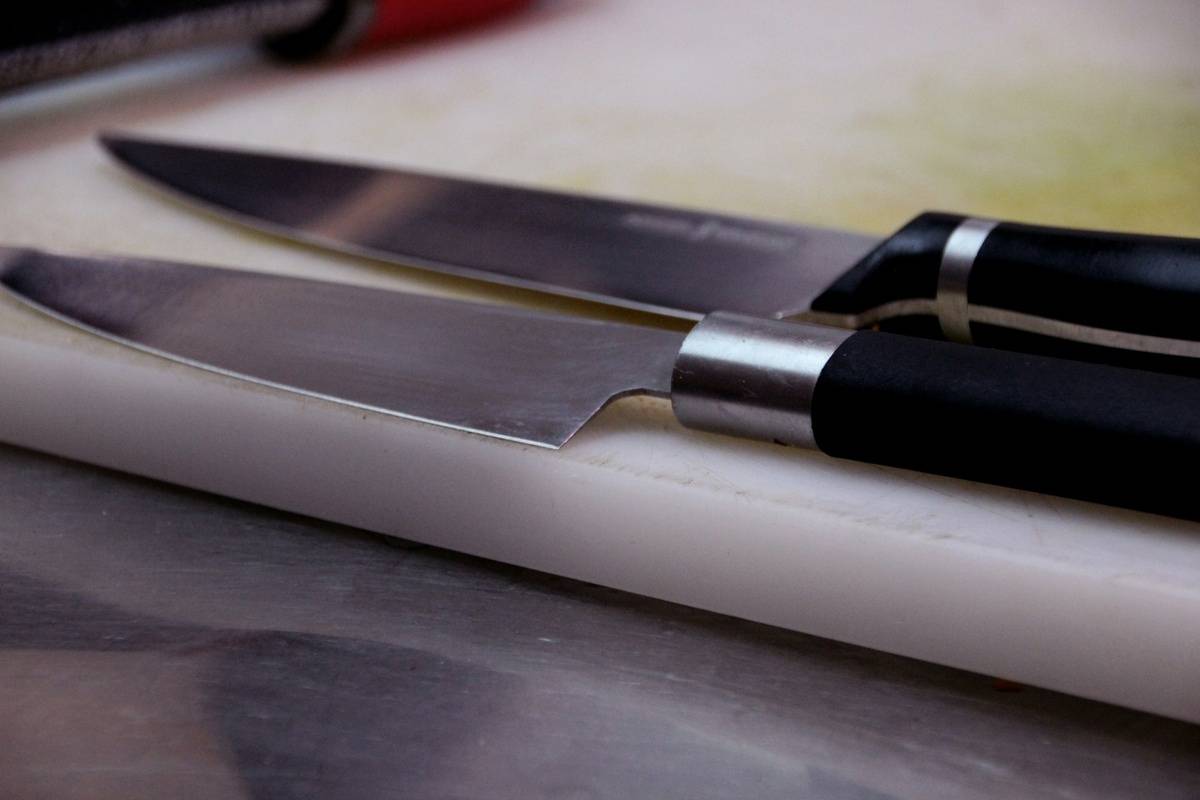
Hot Tip!
Always use sharp knives. Dull knives are more dangerous and can slow down your work. Sharpening a knife with a honing rod or steel before cutting produce, such as onions or tomatoes, will enable you to slice faster and more cleanly. It also helps keep the knife steady, reducing the risk of slipping and causing an injury.
If you use knives regularly, it is recommended that you get them professionally sharpened about every six months. Check locally for knife sharpening services. Sometimes, they are mobile or reside within another store. For example, my local hardware store will do it. Knife sharpening costs are minimal, $5-10 each, and they will save you in the long run!
Clean as you go
This part sort of happens naturally when you use the mise en place process. First, you'll chop up all your veggies and measure the liquids and seasonings. Then, after you've done that, put everything else away. Put the bottles back in the fridge or cupboard, and throw out the food trash from the ingredients you've prepped.
Do all this before starting the cooking process. It takes seconds to clean up but provides so much in return! A clean space makes it easier to think and stay on task.
You'll hopefully feel inspired to keep picking up after yourself as you go along!
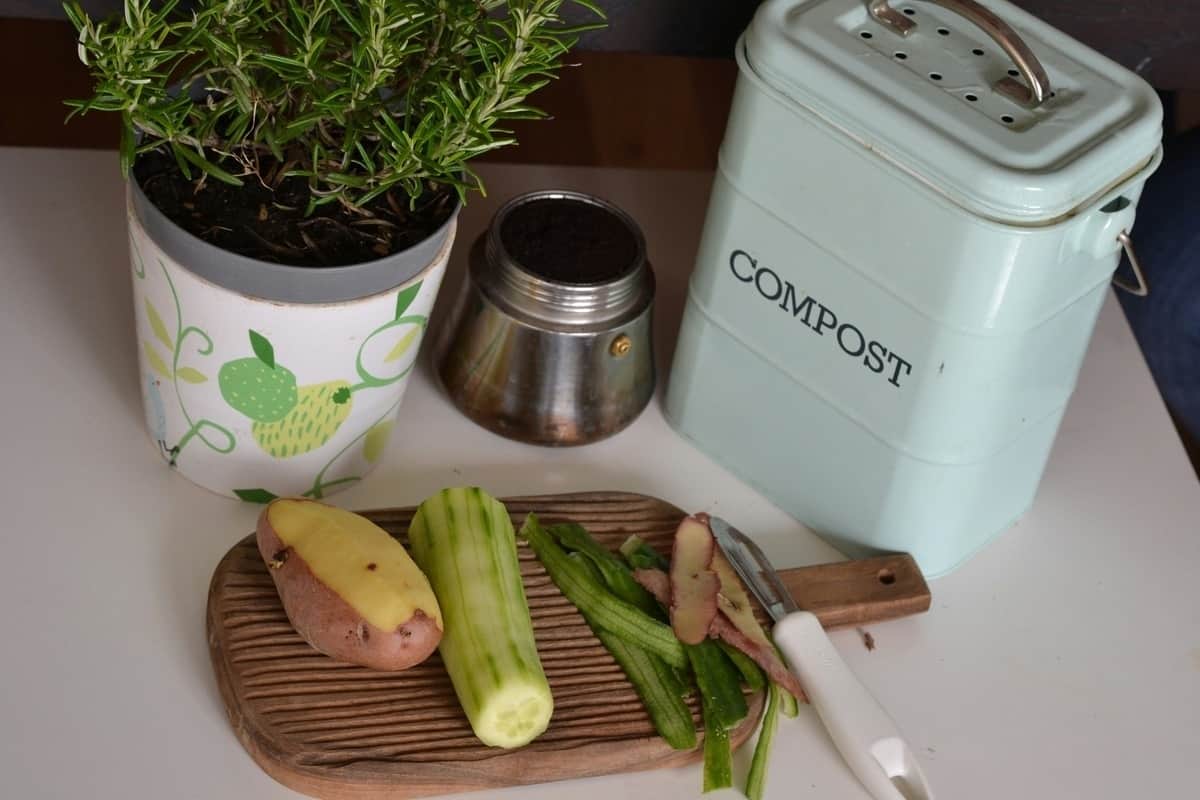
As you cook through the recipe and start empty the measuring bowls, stack them up and out of your way. If you're working on a recipe that involves hands-off cooking, you can deal with it then, if you'd like.
And don't think of this as a punishment! Experience has taught me that cleaning as I go helps me keep my brain focused on the task at hand. The bonus is there is much less cleanup to deal with after you're done cooking.
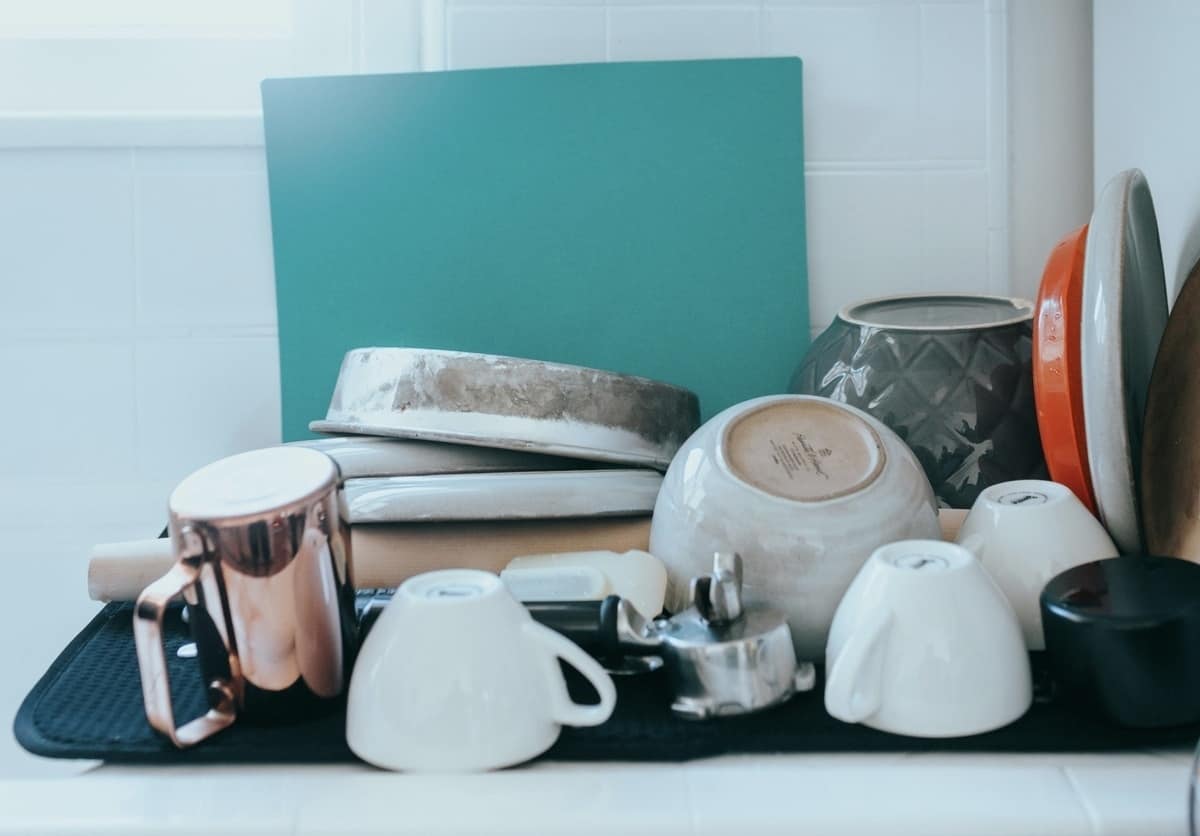
New habits can be challenging to form. Try this technique with a smaller meal, then work your way up! The more you mise en place your meals, the easier and more natural it will become. Not every dish benefits from this, but you will find that it often saves you time and energy and gives you peace of mind.
Go out, my friends, and mise the world! Leave me a comment below to let me know how it goes.
Practice your mise with these!
Here are a few of my recipes that are perfect for learning mise en place techniques!

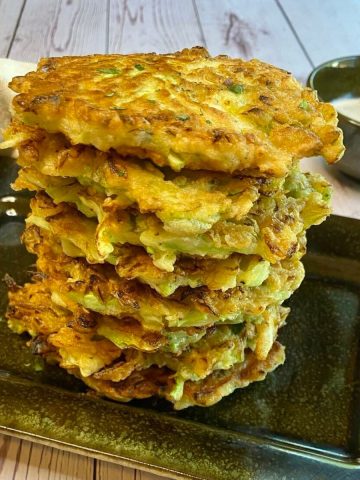
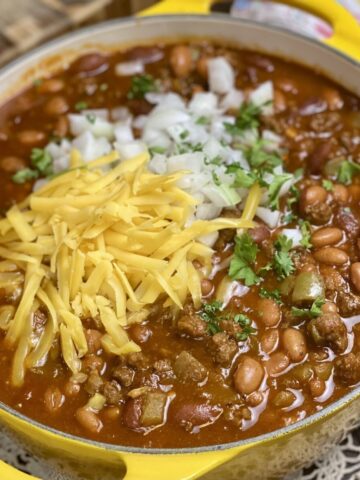

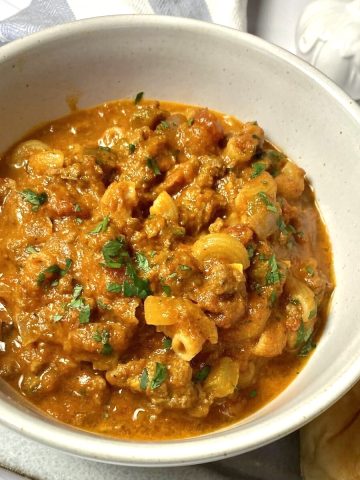
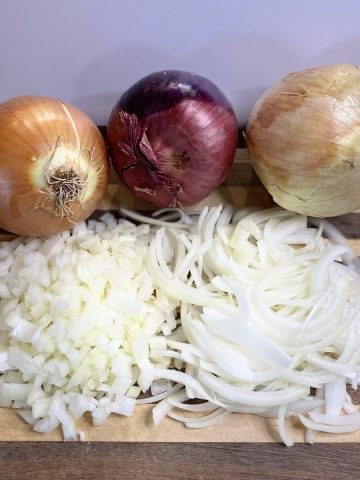
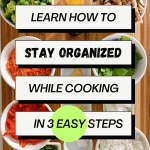
Comments
No Comments